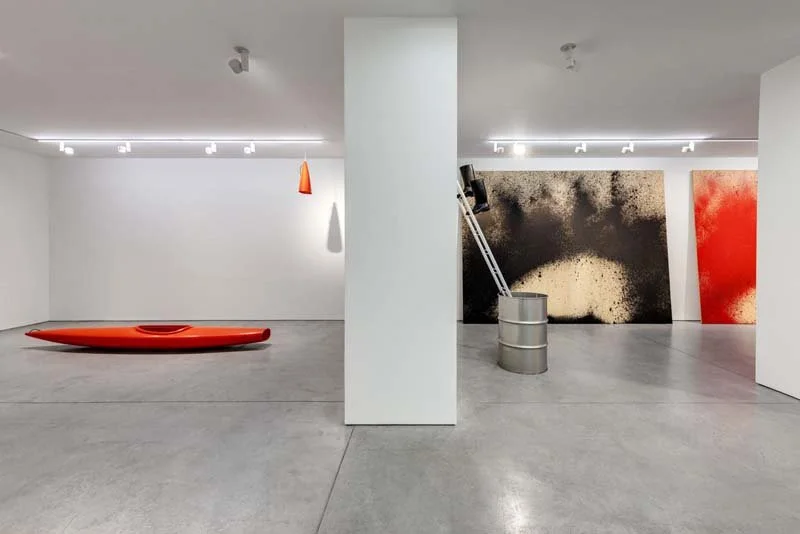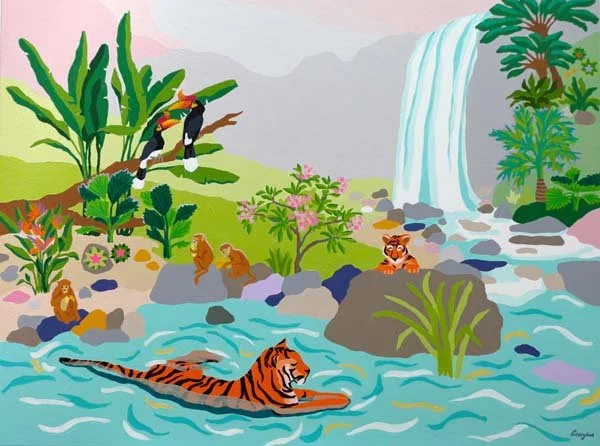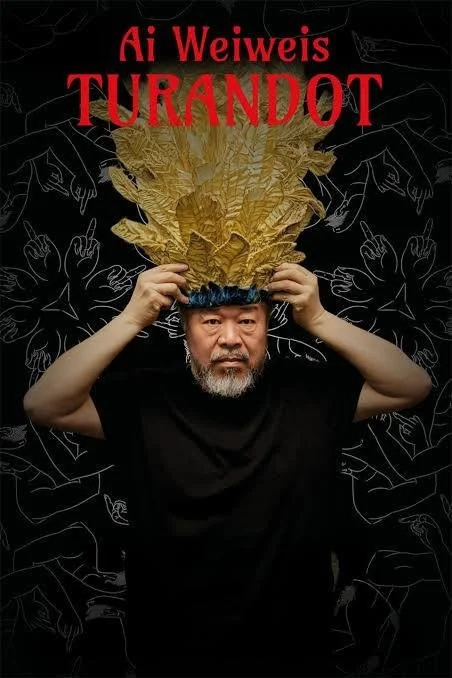Sharon Pierce McCullough is an American painter, best known to international collectors for her dramatic and colorful Horse paintings and Geometric Abstract paintings. Her experimental spirit is evident as she explores colors, shapes and textures in many of her ongoing series of paintings and sculptures. Never static, her oeuvre demonstrates an artist constantly experimenting with possibility. Works vary to include geometric, minimal and figurative abstracts. Sharon's original paintings have been exhibited in numerous museums and galleries in the United States. Her collector base is international, with collectors in Switzerland, Germany, Greece, the UK and Dubai. @share333
Where were you born and raised? How did it influence your art and your thinking about the world? Born in Granite City, Illinois, I was raised in central Pennsylvania in a small town, close to where my father was born and raised. Similar to other small towns in the United States, there weren’t any art museums or galleries around, so my early exposure to art was limited. I did, however, love to color from an early age and began pencil sketching around the age of ten. My view of the world was very encapsulated at that time.
Was there a particular moment in your childhood when you realized you weren’t just making things, but that you were becoming an artist? For you, what is the importance of the arts? One of my first recollections of loving a piece of art was when I was about sixteen. There was a small art fair at my high school and someone had made several small items from found objects. To this day, I am inspired to make sculptures from found metal objects. Later, while raising my five children, I took classes and also taught myself many forms of artistic expression: batik, macrame, raku pottery, quilting and stained glass work. It was around 1986 when I started making sculptures from wood and paper mache, and then drawings, that I realized I was definitely becoming an artist. Today, I am very driven as an artist … it is my life.
Your celebrates animals, nature, and geometric forms. How do your studio days unfold working with such diverse subjects and themes? Most days I can be found in my studio. Although my day varies, I normally check on any painting that is currently on my easel or my wall. Then, canvases are primed, sketches worked and reworked (although often I work intuitively). And since my work is very color forward, I take my time choosing the colors I will be working with. Primarily I work with acrylics on canvas but I also incorporate oil bar, charcoal, graphite, ink and conte crayon. Paints are applied with brushes, rags and with my hand, depending on the painting.
What projects are you at work on at the moment? What are you currently making, and what ideas or tensions are guiding the work?
I always tend to work in series, even though I may be working on more than one series at a time. Usually I don’t consider a series complete and this leaves me open to returning to that series. Currently my concentration is on two series, horses and geometric abstracts. The Horse series can also be considered abstract, as I prefer to present a very minimalist form of the horse. The Geometric Abstracts are, of course, very shape oriented and very colorful. I would define Color as one of the most defining elements of my work.
What do you hope people feel when they experience your art? What do you hope viewers walk away with after spending time with your work? In every piece of art I make, whether a painting or a sculpture, I hope that my work brings joy and happiness into the lives of my collectors and anyone that experiences my art. By using different colors in my paintings, I envision each color representing a different culture or different backgrounds. I hope that this is evident.
If you could sit down with any artist from history—even for an hour—who would you choose, and why? Artists that I am most inspired by, and that I would like to meet, are Joan Miro, Jean Tinguely and Cy Twombly. As a self taught artist, this would be very inspiring to me.
Do other art forms filter into your studio practice? In all truthfulness, my inspiration comes from visual things I see, whether that is a color, an object or lines of a building. My mind then takes over and, unfortunately, often works overtime in the middle of the night.
A great thing about living in Cashtown is…
One of the best things about living in Cashtown, PA, just outside of Gettysburg, is that I am in between Washington DC and New York city, where many cultural events are presented, art, music, theatre. As far as engaging with my own community, I take part in local studio tours, art council exhibitions and art auctions.
Tell us about important teachers/mentors/collaborators in your life. Since I am a self taught artist, I have primarily worked alone, at all stages of my artistic career. This has always worked for me thus far, and I am now approaching the age of 82. So …
Can you share a memory or reflection about the beauty and wonder of the natural world? Does being in nature inspire your art? I have a natural affinity to animals and their unique personalities. And I have always been drawn to the form of the horse. Horses have been a theme in my artwork since childhood. All animals in nature are an inspiration.
With AI and technology changing how images are made and shared, what keeps you connected to the handmade in your practice? Although I consider myself technologically savvy, and think AI is beneficial for computers and types of research, I do not think it should be used in the realm of art. Art comes from the heart and mind of creative individuals and I don’t approve of AI interference or application.
Exploring ideas, art and the creative process connects me to the world at large. My artwork currently resides in many international and corporate collections. I couldn’t be happier.



















































































